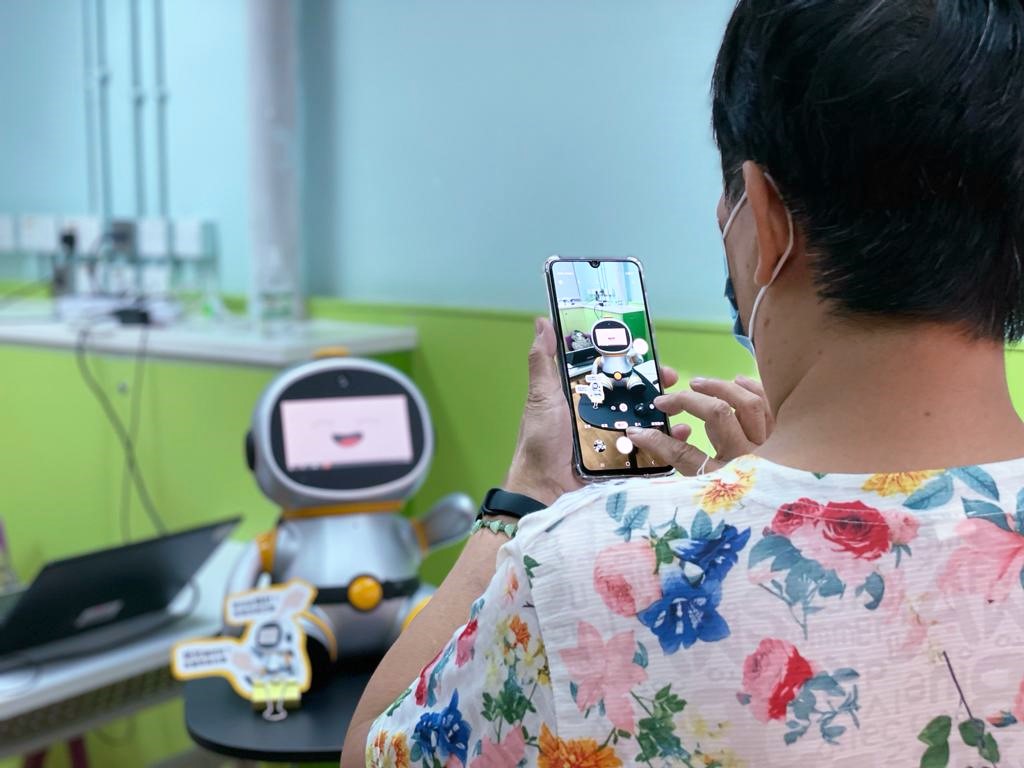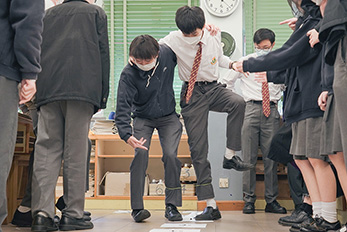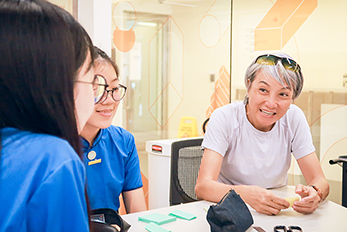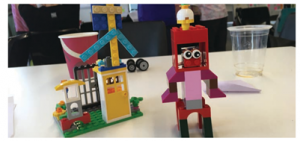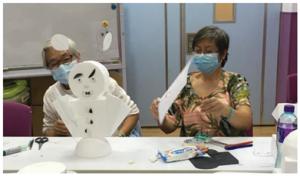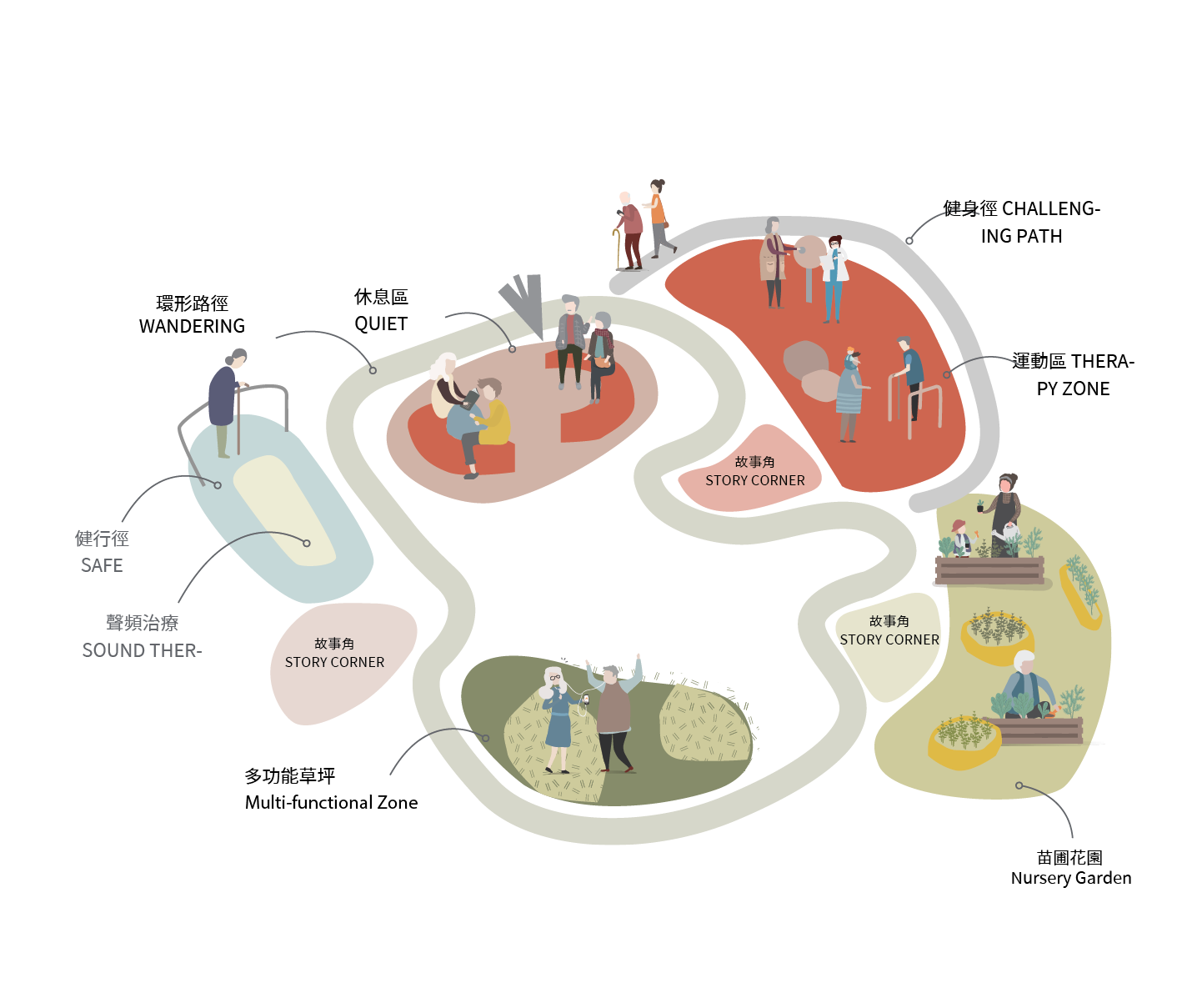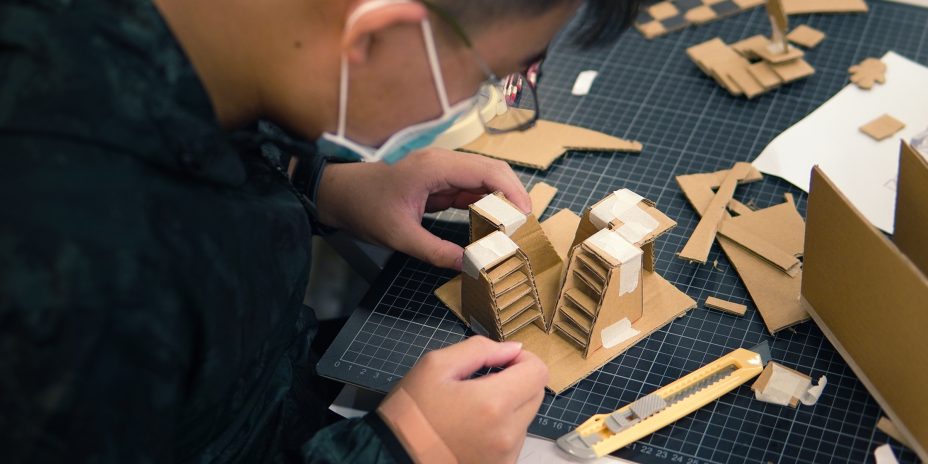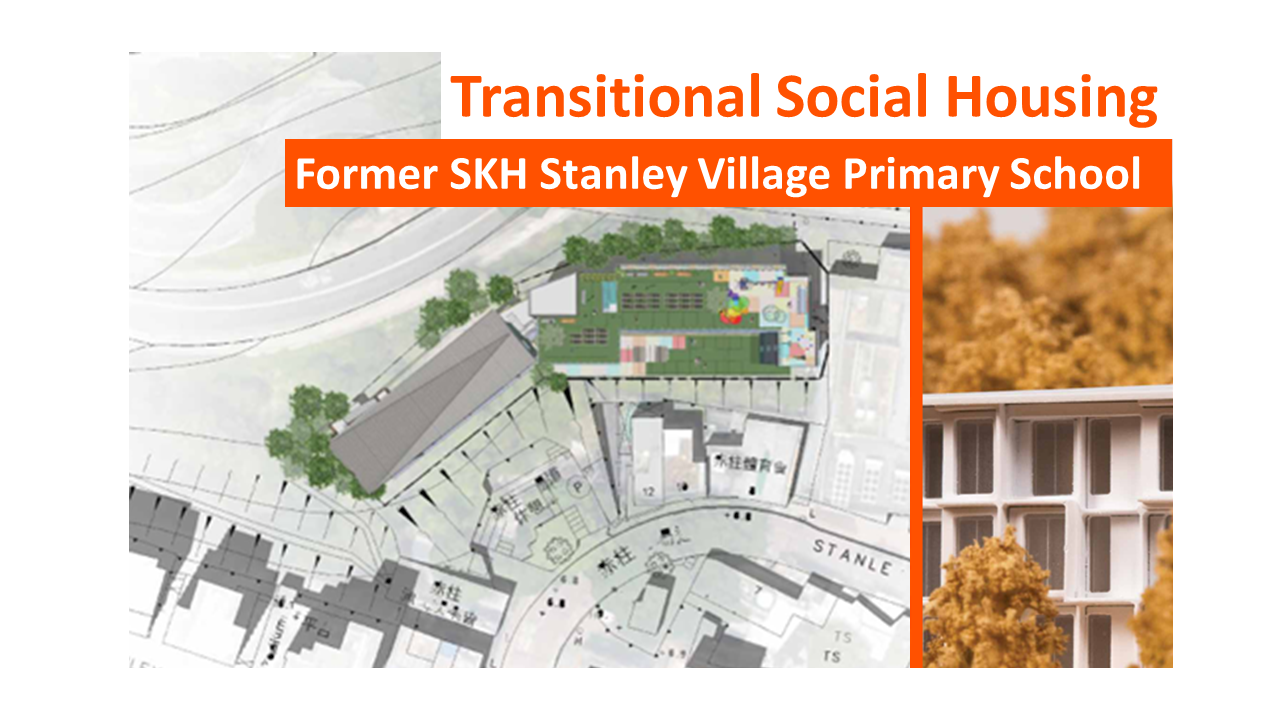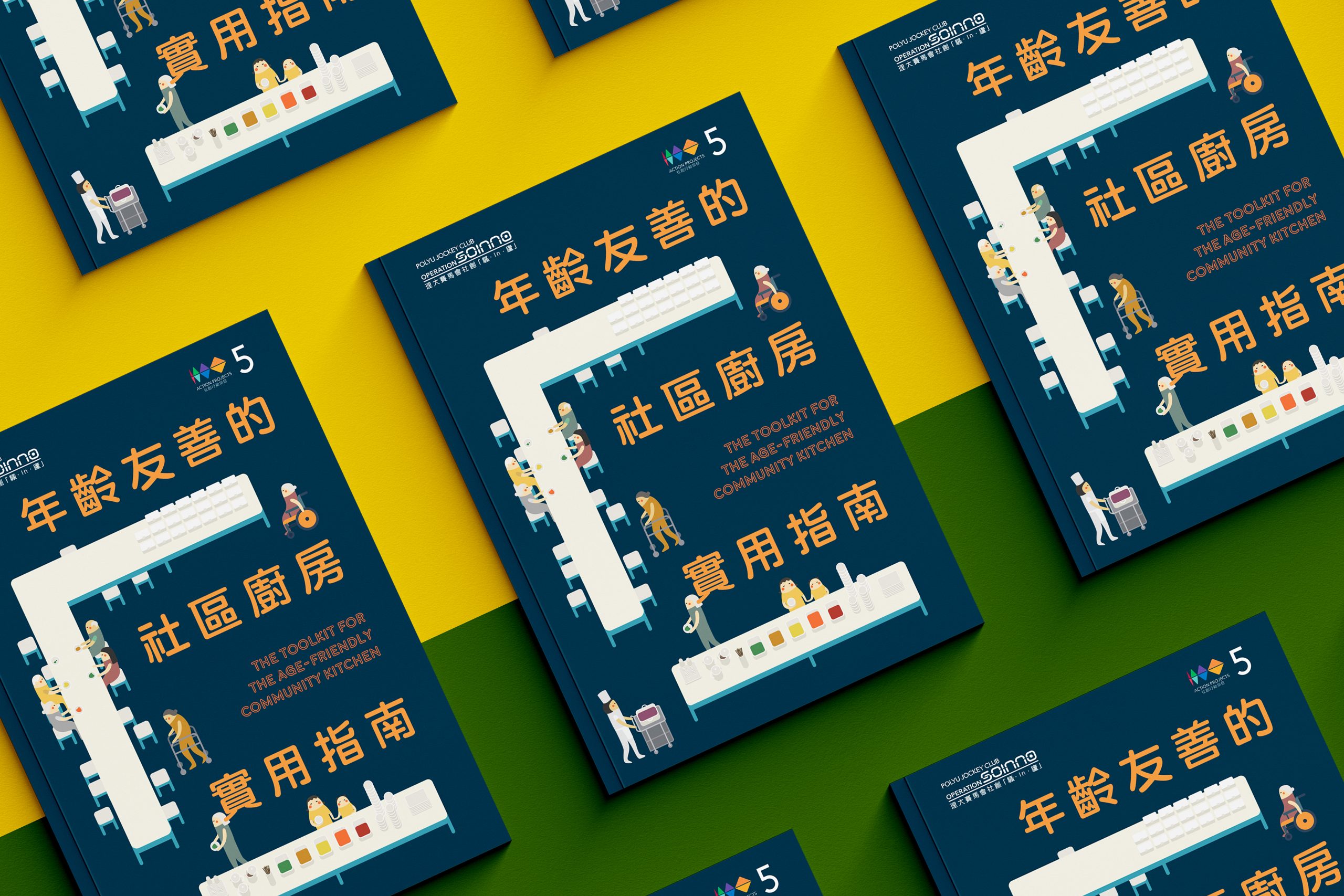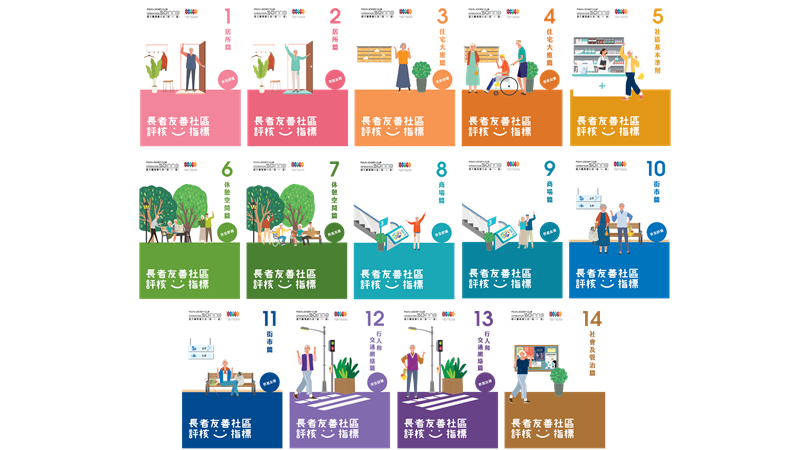Overview
Technology is changing the way that we live. Establishing an effective information channel for seniors has been an innovation challenge faced by some centres for the elderly. During 2019 to 2021, the Jockey Club Design Institute for Social Innovation (J.C.DISI) and Tung Wah Group of Hospitals Fong Shiu Yee Neighbourhood Elderly Centre (thereafter the Centre) focused on this issue and designed the interactive voice response robot, “Tung Zai”, as the communication ambassador for improving the communication between the Centre and its senior members.
Outcomes
The project successfully co-created a prototype of a voice interactive robot (Tung Zai) to help improve communication between older adults and the Centre. It was tested at the Centre, and several exhibitions were participated in. Tung Zai can provide basic responses in six areas through speech: greetings, weather information and tips, date and time, activity information, service information, and other interesting information. Tung Zai can also make more human-like responses through movements and facial expressions.
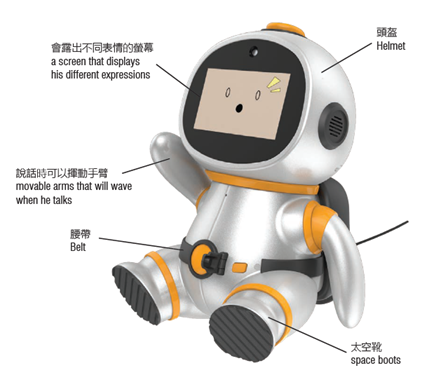
Process
Inspiration
The Centre must maintain effective communication with the seniors in the community to help them have easier access to service resources.
The Centre involved in this project periodically distributes temporary service information to its members, but if members do not visit the Centre in person, they cannot obtain the information. Some seniors have low literacy rates and are not accustomed to reading posters within the Centre. Additionally, seniors rarely seek help from Centre staff due to concerns about disturbing them. During the pandemic, staff could only use “phone notifications” to convey information, which increased their workload and did not reach non-members. Traditional communication methods have many shortcomings, and there is an urgent need to innovate and optimize communication strategies.、
Ideation
Initially, the project team gathered designers, senior members, and Centre staff to conduct a co-creation workshop to brainstorm solutions. During the workshop, participants proposed creating a promotional character for the Centre that could even move to different places in the community to provide information to seniors. This cute, automated character could bring technology into the lives of seniors, encouraging them to visit the Centre more often. Seniors felt they could obtain service and activity information from this promotional character without disturbing the staff.
Seniors named this promotional character “Tung Zai” in the co-creation workshop. “Tung”(Chinese: 東) comes from the first character of “Tung Wah Group of Hospitals,” and “Zai”(Chinese: 仔) means “little thing,” which has a cute connotation.
Implementation
The Tung Zai design team consisted of J.C.DISI and design consultant Eureka, with Roborn, a partner in robotic product development and manufacturing, invited to join the team. The team referenced two iconic robots, Paro and Jibo, to clearly articulate their expectations for Tung Zai’s specifications and technology. Based on the actual situation of the seniors at the Centre, the design team proposed four key design considerations for the interactive robot: a simple user interface, appropriate size, equipped with a screen, and a popular appearance and personality.
During the formal co-creation process, the design team conducted workshops with various stakeholders to co-create Tung Zai. Centre staff participated in the workshops and expressed their expectations for Tung Zai. The design team initially organized Tung Zai’s dialogue content into five categories: weather, Centre activities, transportation, jokes, and games.
Next, the design team discussed the technical framework with Roborn, a company focused on developing mechanical products and technology. Roborn built the basic hardware for Tung Zai and suggested a technical framework. The third step involved designing Tung Zai’s appearance and personality through multiple user workshops, using 3D visual prototypes to help seniors express their opinions. Based on the feedback, designers created four initial designs for Tung Zai, with “Astronaut” being the most favoured design.

Considering practical production and operation, designers adjusted Tung Zai’s posture, the on/off button position, face, and colour to ensure safer interaction for seniors. This resulted in the final design prototype for Tung Zai. Finally, users (seniors and Centre staff) were invited to participate in prototype testing, where the team observed Tung Zai’s usage and proposed suggestions for improvement.




